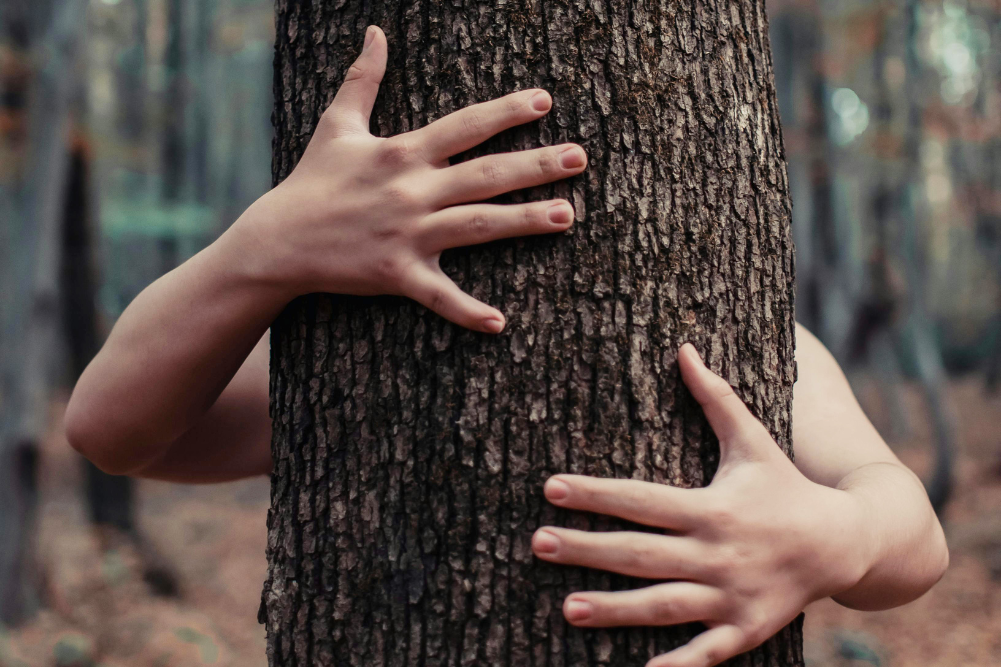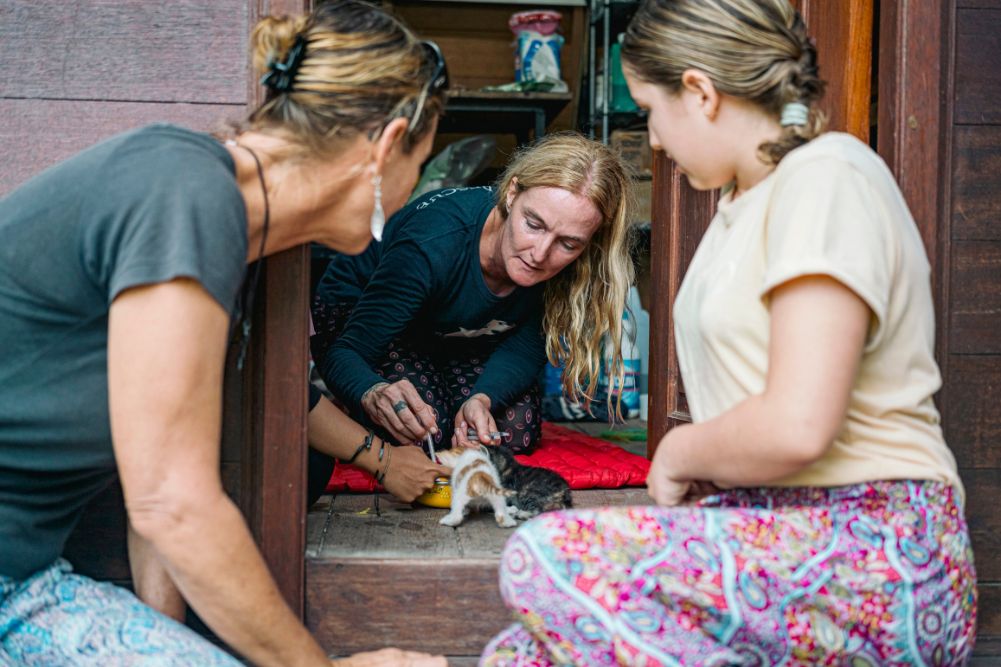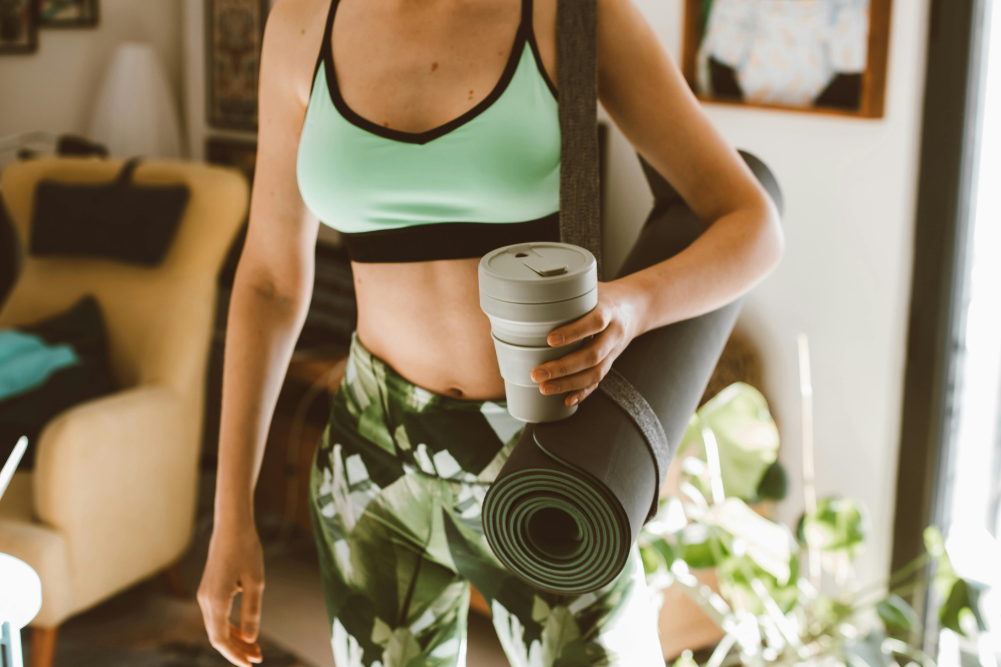How downsizing to a tiny home can enhance your life
Australians live in the largest dwellings in the world, inhabiting more square metres per person than even Americans and Canadians. But is bigger always better when it comes to our homes?
Downshifting is an increasing phenomenon, led by empty-nesters and those seeking a simple life. Some choose to take it further. The Tiny Living movement, sparked by US architect Sarah Susanka’s book The Not So Big House, showed that clever design and a simple approach to life meant you could meet all your housing needs in as little as 30sqm, one-eighth the size of the average Aussie castle.
Tiny living is not about being uncomfortable or going without. Proponents report a calmer, more connected lifestyle, significant financial savings and mental benefits from being debt-free. And, of course, tiny houses have a far smaller environmental footprint, requiring less embodied energy to build and run. In a time when energy costs and global temperatures are rising, it’s not difficult to see the benefits of scaling back, but could you live in a space not much bigger than the average living room?
Here are three people who have come to the conclusion that less is more.
Living small while building the dream
Tricia Hogbin is living in a small space (OK, it’s a shed) while building the perfect tiny home near Newcastle, NSW. She lives with her husband and six-year-old daughter, and blogs at littleecofootprints.com.au.
“Where we’re living now is basically a tiny home,” Hogbin says. “It’s very basic, and that side of things can be hard, but living in one room means we spend much more time together as a family; we’re always within voice. That can be a downside, too, of course! There’s not a single door in our house you can shut. But if you need your own time, you just go for a walk.
“We don’t want to go into debt to build our house, but the overarching motivator for building a tiny home is reducing our family’s environmental impact. I work in threatened-species conservation and I see huge disconnect: people don’t realise that every purchase and every decision they make is impacting on the natural environment. The goal is to decrease our family’s footprint and live as simply as possible but still be comfortable.
“Our new home will be around nine by four metres, with a combined living room and kitchen, one bedroom and a loft where our daughter will sleep. It will be a post-and-beam home with handcrafted timber beams, and we have considered the most environmentally-friendly options for facilities such as hot water. Because our home is smaller, we can put more money into the materials and services.
“We’ve gone through the process of downgrading all the belongings from our comfy three-bedroom house to fit in the shed. We did this quite quickly and it was totally overwhelming; I found it depressing to see the amount of stuff we had collected and spent money on.
“I’ve found that it’s easier to do this in stages. We put a lot of things in storage that I just couldn’t give away, but when I come back to them six months later, I find I’m able to let them go. That said, sometimes I find things we actually do need and they are brought back into the house. My plan is to have a wall of photos of items that were meaningful to us rather than hang onto them. When we move into the tiny home, we’ll do another phase of simplification.
“We regularly check in with our daughter to see if she would prefer living in a larger home like we used to, but she much prefers to live like this. She has a basic toy collection and spends most of her time playing outside. Her bed is only a few metres from ours and we talk and say hello in the morning. It feels like a more connected way to live.
“My husband and I both have professional jobs and earn a reasonable income, so people don’t really understand why we live this way; our families worry that it’s hard on us. But all the changes we’ve made add meaning to our life rather than making it harder. We want life to be easy. Living in a small house with fewer belongings means we spend less time maintaining what we have and more time doing what we enjoy.”
A family of four’s tiny cottage
Annie Werner and Genevieve Derwent live with their children Olive, seven, and Oscar, three, in a 6m × 4m straw-bale cottage in the Bega Valley, NSW. They raise meat chickens for the local community, sew, cook, grow their own food and share their adventures at pearlandelspeth.blogspot.com.au.
Werner says, “I’ve always wanted to build my own home and, with limited money and skills, wanted to start small. We were also very aware that the bigger the house the more resources go into it, which means more of an environmental footprint.
“We used as many recycled materials as we could; and straw, which is usually burned in the paddock, is a waste product. Another reason we chose it is because it’s quick to put up and really good for people with no building experience. So we organised a workshop, did all the things we needed to do, then ran a five-day working bee. Everyone we love in the world helped build our house.
“We spent AU$50,000 (US$42,635/NZ$51,445), including water tanks, excavations and our 1.5kW solar system, which provides more than enough energy for a bar fridge and a deep-freeze outside, plus the sewing machine, computer and a few lights. The batteries are usually at 95 per cent at the end of every day. We’re fully off-grid and have no bills. The only ‘utility’ we buy is gas for the barbecue. We produce most of our own food and do a lot of foraging. There are also neighbourhood food swaps and we have our chooks and ducks for meat and eggs. Occasionally, we get together with neighbours and kill a pig or a lamb, and the rest we barter for.
“It’s just beautiful inside our cosy cottage. Most people can’t believe the four of us live in there, but we have seven acres of land and spend a lot of time outdoors. Living like this makes you more connected to the land, the weather, the wildlife and everything else that’s going on. When we’re inside, we’re comfortable and happy because we’ve got everything we really need and love, and we’re together as a family. It makes you feel really happy — unbelievably so.
“Of course, there are times when we have to put our raincoats on and go out in the rain or tell the kids to go run around the block. But they’re happy to do that because there are so many adventures to be had. They’ve got a cubby house and a tree house and other nooks and crannies around the place; it’s not like they’re deprived of play spaces. Quite the opposite!
“Living in a tiny home forces you to understand what really matters. We now know what we need and it’s not much. We plan to build a second tiny home with a kitchen and storeroom one day, but we’ve actually downsized the plans because we realised it doesn’t need to be as big as we thought. It’s no big deal having an outdoor composting toilet, for example; and having a fire bath in the middle of a paddock … well, that’s just amazing.
“If you build for your current circumstances, you can always expand if you need to. If the kids decide they want their own spaces one day, I would love to say, ‘OK, let’s build a little earthbag dome or another little straw-bale home,’ and involve them in that process. For now, our kids love that we’re all together and sleep in the same space. They’re not going to be little forever and, while we’re all enjoying the closeness, we believe we should make the most of it.
Inner city living on 20sqm
Photographer Ralph Alphonso says he’s not building a tiny home; he’s building an integrated lifestyle. Just 800 metres from Melbourne’s CBD, 5×4 Hayes Lane is about showcasing a new way to live sustainability and in style. Find out more about the project at fivexfour.com.
“I built a couple of townhouses and had a leftover portion of land,” says Alphonso. “My father mentioned building an apartment there as a bit of a joke, but it got me thinking. I started examining how people live around the word. I’ve travelled to London, New York, Paris, Hong Kong and Tokyo, and seen that it’s possible to live in a very small environment. It actually becomes part of the lifestyle — people spend more time outside socialising because they are living in smaller spaces.
“I found myself living in a 200sqm house on my own, with an office and a studio, which were often not in use. I was travelling a lot and locking up that space and not utilising it. Even when I was home, I could only use one space at a time. So I started thinking, ‘How can I utilise this portion of land without wasting it?’ And building another garage when I don’t even drive a car … well, that doesn’t make sense.
“While building the townhouses, one of which I was now living in, I had been extremely frustrated that, for various reasons, it had been difficult or impossible to implement the green initiatives I wanted to include. That experience motivated me to develop an efficient inner-city home that would demonstrate what could be achieved. I sat down with the architects and we came up with the idea of doing this in a completely sustainable way, taking a holistic approach — not just the building of the house but the lifestyle around it.
“5×4 Hayes Lane is a four-storey house built on a 20sqm footprint. The idea is to make it a liveable space without compromising efficiency. For example, it will have a hot tub on the roof with fantastic views of the city. Of course, a spa’s not the most environmentally friendly thing to heat, so we’re incorporating a geothermal heat pump system to heat it, which will also run the air-conditioning, heating and hot-water system. That’s one system with four or five different uses.
“The home itself is multipurpose: when I’m travelling it will be offered as short-stay accommodation and will also act as a show home for small, efficient living.
“Everything we’re putting into the house is supporting a more efficient lifestyle. For example, it will have a very advanced automation system that can calculate the power usage at each power point. This system can be accessed remotely, so if I fly to Sydney for a day and end up staying for a week, which happens often due to work, I can shut down the whole house electrically.
“Moving into the house will simplify my life; I’ve already started working through my possessions. The more space you have, the more you collect — we’re all guilty of that — and when you look at patterns of use, you don’t use three-quarters of your belongings regularly. It’s a case of thinking about how you use the space you’ve got and whether you actually need it all.”
Jo Hegerty is a freelance journalist specialising in health and sustainability. Visit her blog downtoearthmother.com for eco-living tips and inspiration.







